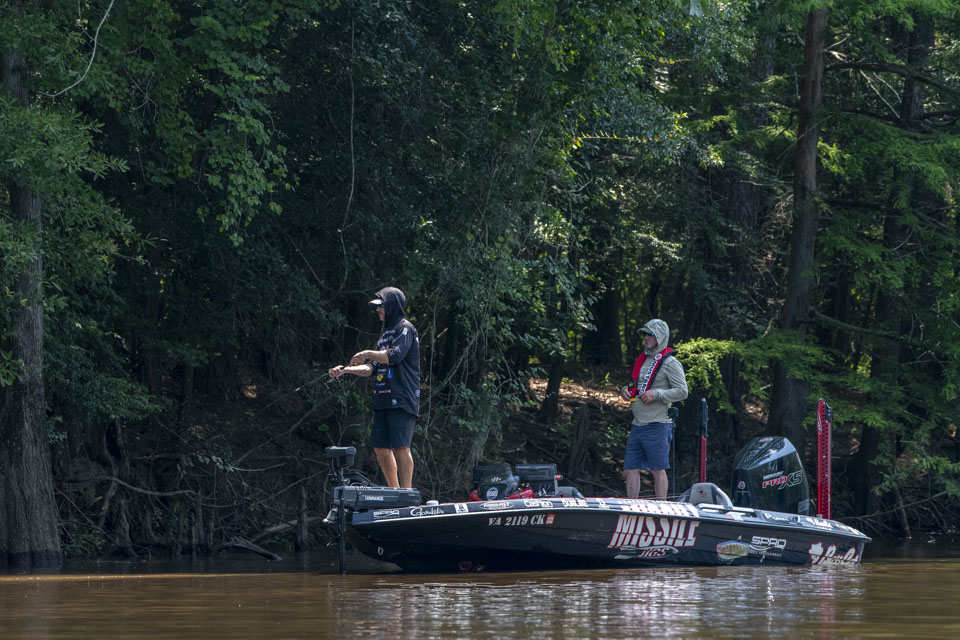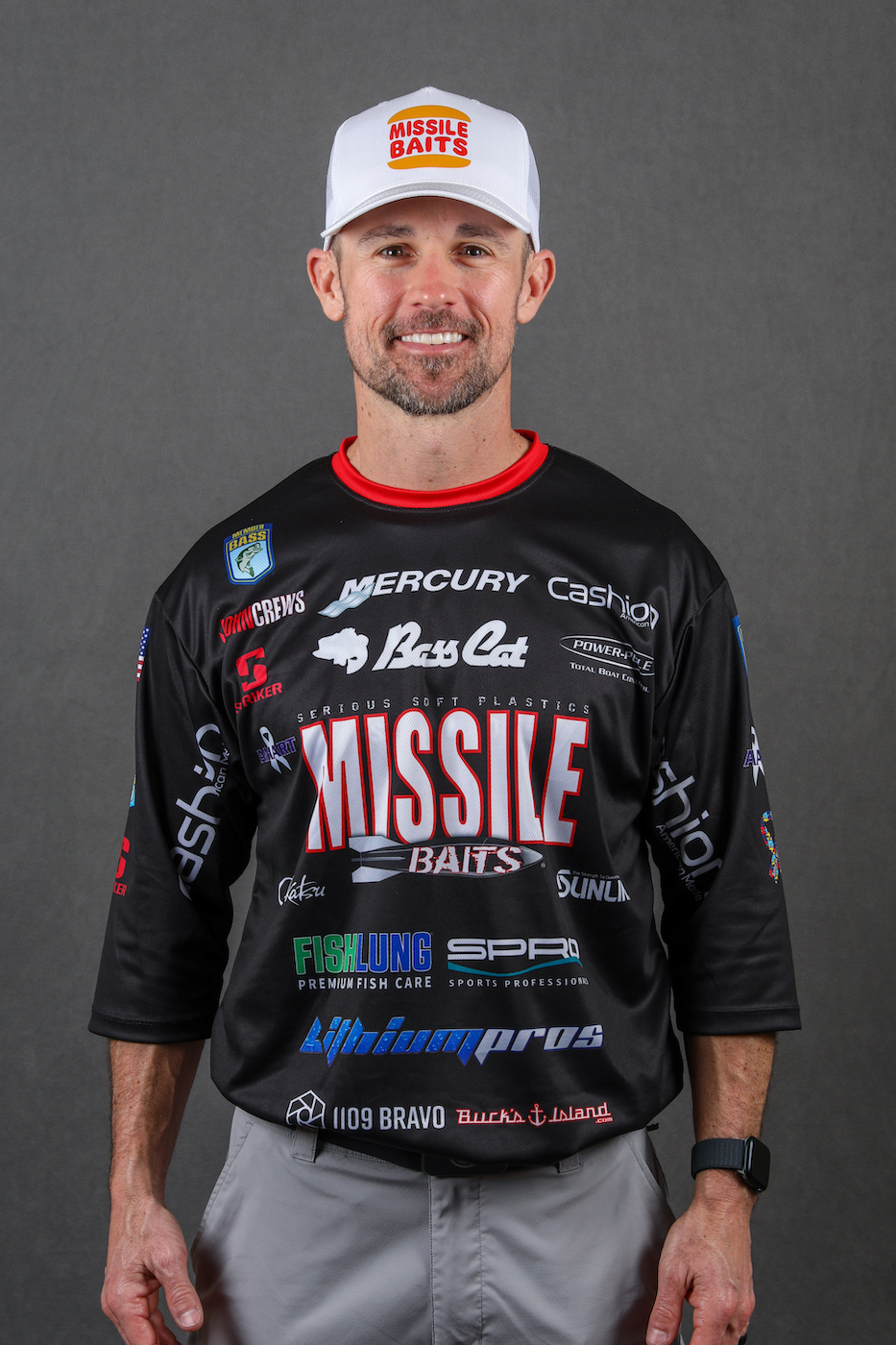
There’s a lot going around on social media and message bords about the technology that’s being used on our boats. There seems to be a feeling that “forward-facing sonar” or “live sonar” makes catching fish easy, or that the technology is “cheating.”
That brings a question to my mind. Is scoping a “skill?”
I must admit I’m a little behind some of our field when it comes to adopting this technology. In fact, I really started working to get better at using it at the beginning of last year. I will tell you that I haven’t come anywhere near the point where I have perfected it, and I will also tell you it as absolutely a skill that has to be mastered.
This technology is not simply something we can turn on, see a dot on our screen, throw at it and catch a fish. There are many facets to understanding not only the technology, but also understanding how the fish relate to the water and structure that take a great deal of effort to learn.
I am not anywhere close to being an expert at it, but I’m working to learn it.
What I can tell you is, to have a complete understanding of how it works and how to employ it effectively in competition, it takes one thing – time. I have taken some time to work on it and have really tried to start using it to my benefit. But with my duties for Missile Baits and my other responsibilities, I will admit I haven’t spent as much time with it as I need. In fact, I would say I’m only about as proficient with the technology as half of our field.
That showed through my results at Toledo Bend. I really only used my LiveScope about half the time in that event, and while I learned a lot while doing it, I wasn’t as consistent as I needed to be. It showed in finish.
It’s such a skill that a lot of the guys who are really good with it are being secretive about it. They keep secrets just like the guy who gets a new swimbait on a small Southern California Lake and catches the big double digits more than anyone. Anglers winning with something tend to keep those things close to the vest, and I don’t blame them.
So, we learn via trial and error. But what I will share with you are a couple of tips that have seemed to make a difference for me with LiveScope. First, it seems that size matters when it comes to head weights and size of baits. Secondly, it seems to help to experiment with bait colors.
It’s really easy to get accustomed to one weight of jighead when targeting fish on live sonar, but experimenting with rate of fall has seemed to make a difference for me. I’ve played with heads as light as 1/16 ounce and as heavy as 1/2 ounce and seen the fish respond differently to each at times. I can’t tie anything to one specific mix of conditions and tell you what was better than the other. What I can tell you is to have different weight heads at the ready and see how fish respond to them.
The same can be said with baits. I really like to throw the Missile Baits Shockwave swimbait, and the 3.5 inch seems to be the best size, but I will also throw the larger 4.25-inch size at times too and have results. The same goes for our Missile Baits Spunk Shad, I’ll start with the 3.5 inch, but I’ve had them respond favorably to the 4.5 inch. And there will come a time for the 5.5 inch as the year progresses, I’m sure.
As for color, it’s early in the year so we’re going to naturally gravitate towards shad-colored baits. I’ll bet there will come a time when bluegill and crappie colors will trigger responses, especially with some of the larger fish we see.
To sum this up, scoping is not a magic pill that instantly makes us better anglers. It is a skill that we need to invest time in to become proficient with it. With that time, try and be open minded and experiment with head weights, bait sizes and colors. I bet you’ll start improving with your use of the technology.





